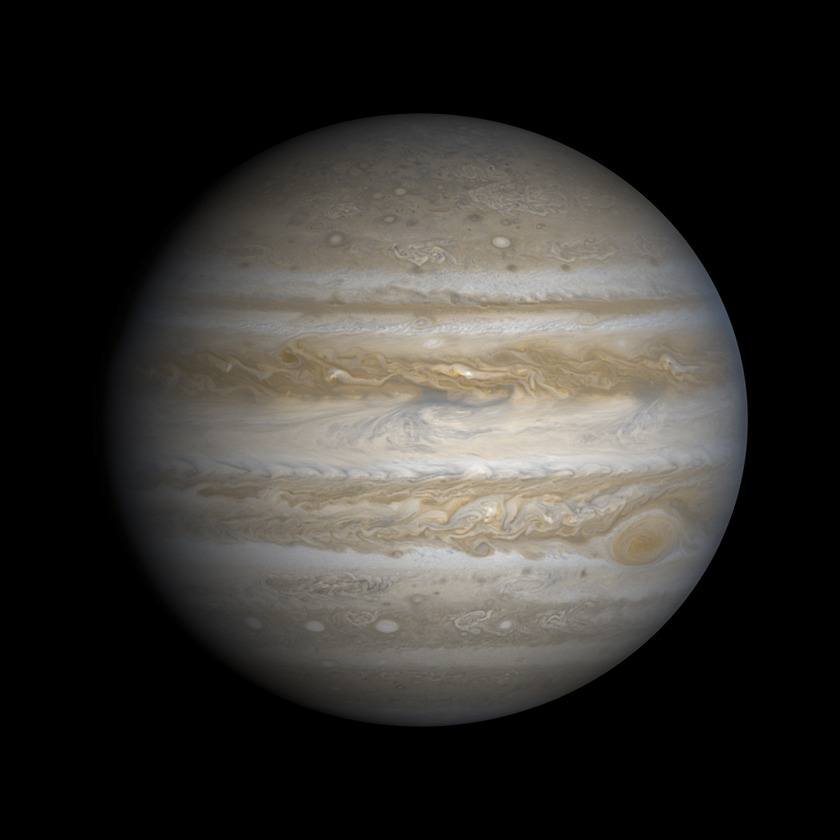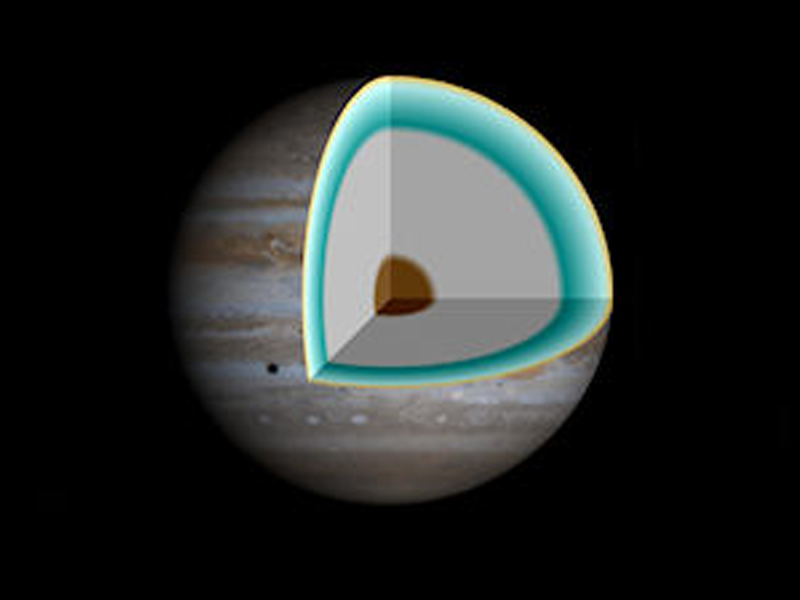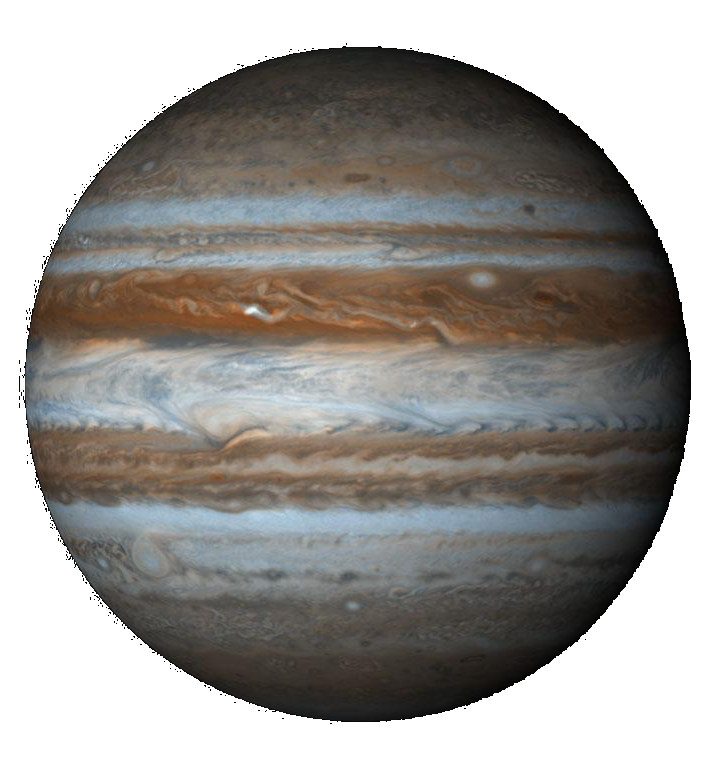
Jupiter Planet
Behold, the biggest planet in our solar system, Jupiter. This planet is believed to have no solid surface and is made up entirely of gas and liquid metallic hydrogen. Jupiter is also the fourth brightest object in our solar system. It's so bright that its actually visible through the naked eye. The planet has constant storms that are raging throughout. The most notable storm is known as the Great Red Spot. Scientists believe that this particular storm has been raging for at least 186 years. Other estimates point to this storm raging for about three and a half centuries.
This planet has actually helped us out by deflecting comets and asteroids that could potentially strike earth and cause potential damage. Although this planet could have possibly saved millions of lives, Jupiter does not have a conducive enviroment for supporting any type of life form on it.
This planet has actually helped us out by deflecting comets and asteroids that could potentially strike earth and cause potential damage. Although this planet could have possibly saved millions of lives, Jupiter does not have a conducive enviroment for supporting any type of life form on it.
The name Jupiter was named after the Roman god equivalent of Zeus. Originally the name was actually Jove, instead of Jupiter. The Romans first identified Jupiter when they first observed seven bright objects that were visible through the naked eye. They Romans decided to name these objects after their most powerful gods. Jupiter was known to be the most powerful god in Roman mythology. Jupiter is the god of the sky and king of the gods.
Considering that the planet is the most massive in our solar system, the core of Jupiter is extremely pressurized. This in turn makes the core extremely hot. Scientists estimate that the planet is approximately 71% hydrogen, 24% helium, and 5% other elements by mass. It is also believed that the core is made up of primarily iron, which is considered the heaviest element found in significant quantities in our solar system.
CITATIONS:
Jones, Chris "Jupiter Facts", February 2020, Space Facts
Editorial Staff, "42 important facts about Jupiter", july 2021, The Fact File
Ferdinand Bada, "How did jupiter get its name", January 2019, World Atlas
Michael Anissimov, "What is at the core of jupiter", May 2022, All The Science
CITATIONS:
Jones, Chris "Jupiter Facts", February 2020, Space Facts
Editorial Staff, "42 important facts about Jupiter", july 2021, The Fact File
Ferdinand Bada, "How did jupiter get its name", January 2019, World Atlas
Michael Anissimov, "What is at the core of jupiter", May 2022, All The Science

Jupiters Core
